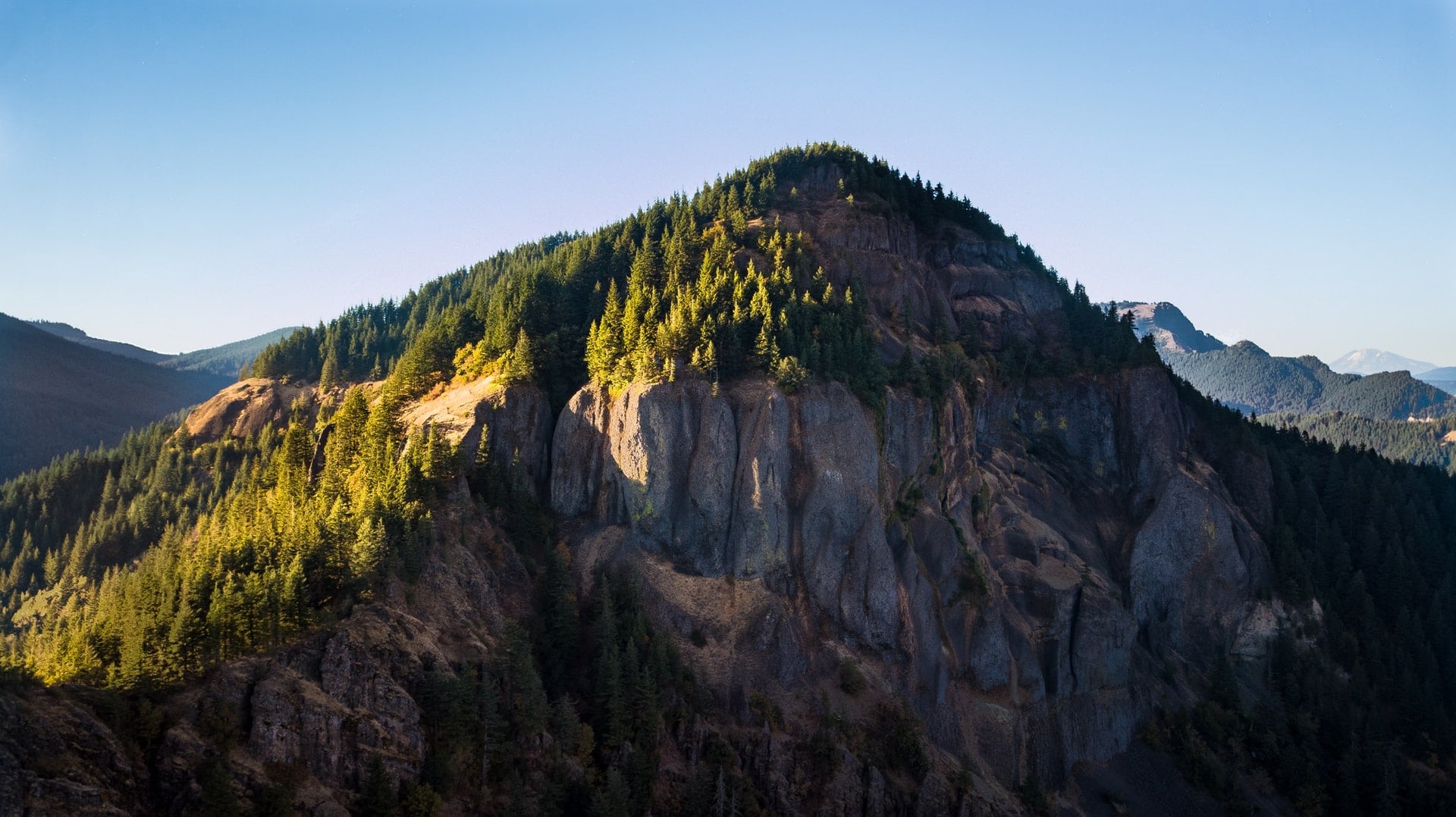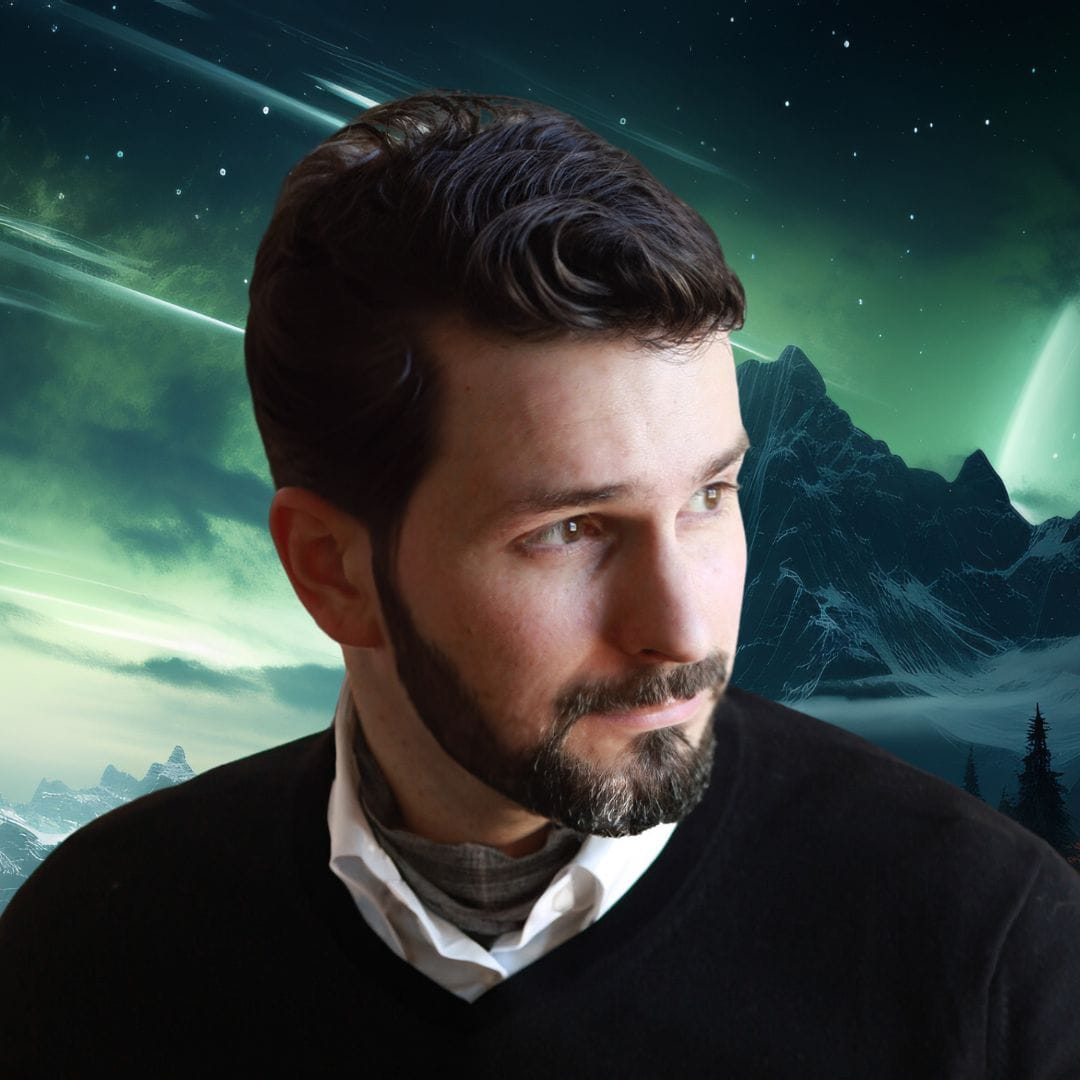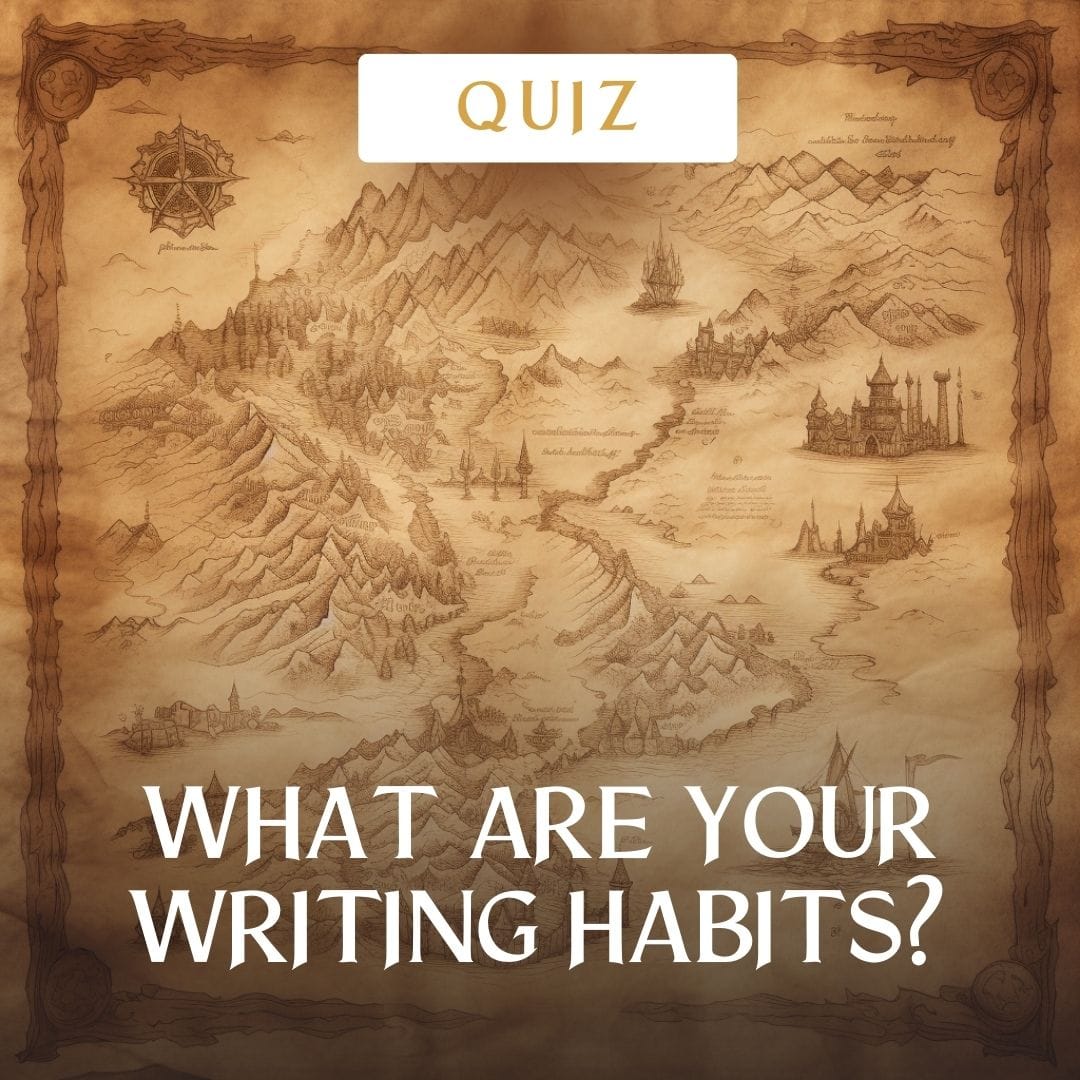In case you think this is going to be a whole bunch of woo-woo, it’s not. Or at least, it’s about as woo as the Catholic Catechism, and human history.
We’re going to cover the 3 paths of enlightenment, an echo of St John of the Cross ‘Dark Night of the Soul,’ and we’re going to end by being surprised to see these themes buried deep in all the major movies and characters we love best today.
Join me for a little journey, a peek under the hood of why things happen the way they do in Christian Initiation, and how it can help you make your characters and stories stronger.
There are 3 paths to God and truth, traced by human history.
All the paths are difficult, but we’ve all taken these Ways and storyfied them, mythologized them.
Understanding how these paths work, and how they can be dangerous, is helpful to us as modern Catholics, and extremely handy for our fiction. Knowing these paths opened my own insights into why stories and myth matter the way they do, and the way they did.
Most importantly, they show us where we are in time, and how humanity has unified its progress as a family.
And just as surprisingly, it reveals an important truth: we aren’t led by media, as much as we resonate with it.
We masses of human beings resonate or reject the truths and ideas presented to us in the modern mythology of Hollywood and Netflix. That’s because we draw our existence from the foundation of God, and he’s pushing up and through each one of us just as much as the world is pushing in and down.
The 3 paths of ‘enlightenment’
Imagine a great mountain, shrouded in moss and mist, wrapped in fields of forested darkness and dappled cliffs. Perhaps we can call it Sinai, or Eden, because it stands at the core of Creation: a symbol of the journey into God.
Every human being begins as an unconscious polyp, swiftly blooming into emotion and psyche and imagination, drinking in the world around, forming relationships and responsibilities and thoughts. And we are all attracted to that summit. It pulls on us from the inside. We can dull it, distract from it, or damage it. But it never goes away, and it can never be destroyed.
Different cultures nurtured degrees of awareness of that call, and found ways to climb that mountain. The three paths could be called the Mythical, Magisterial, and Mystical.
The Mythical Path
Myths are not pre-scientific origin stories. Some are. Most of them are pre-rational, symbolic, deeply imaginative accounts for the spiritual world. They are rich in symbolism, some blind, and some clear. They account for the origins of psyche, the relationship between the sacred and the mundane, and the communion of archetypes that inheres and drives the varying themes of humanity.
Most of humanity walks this ‘path.’ It is a pathless path, like a wave slowly working it’s way around the mountain, washing up, and falling back. It isn’t a conscious path, and it is full of failure, lost insights, and dreams. It is the busy person’s response to inner movements, to calls from grace, to invitations to interiority. The greatest clarities are the bold vision of the mountain, and the group-think of the tribe.
God is ever active with every people, in every time and place. We see him recognizing Job’s hunger for goodness, even though he’s a Canaanite. He sends Jonah to rescue Niniveh, a deeply pagan people. We see him saving Rahab and holding out love for Judas, even in the last moments. None of that has changed. He still just as urgently desires the salvation of all men, and our Holy Church has proclaimed that in the scriptures of her culture, Lumen Gentium.
Even if most of humanity is in this path, it is deeply God-drenched, and full of his activity, even if it seems the most blunted. Those who excel in this path do it from obedience and discipline, not always from an inner openness or intellectual understanding.
The Magisterial Path
Imagine certain paths jackknife up the mountain, carved out by prophets and priests. These paths are sure, clear, and swift. Looking up, we can see how they wend their way up the inclines, sometimes disappearing from view, and then hazing into sight higher up.
This stands for the revealed paths preached by clerics and monks, revelation and Sacred Scripture. It may encompass buddhists and sufis, those who wrestle with shards of revealed truth. Anyone can join the path, but it calls for a radical acceptance of the truth of the path. And that’s the downside; followers of this narrow way can fall into a temptation to cast off their tribe. To assume they are better than others because they move faster.
Knowing a clearer path doesn’t save us from ego. Many on this path walk in brighter sunlight, encouraged by each other, chanting the same chants, and falling into lockstep. Then they trend into grinding away at the walking, convincing themselves that the only thing needed is to follow the rules, follow the directions, and all will be well. They fall into a torpor, and sleepwalk the rituals.
Rationality and ritual does not save us, and we can burn out and lose energy when we don’t get the results we want, in the time frame we expect. It takes great humility to pace this pilgrimage.
The Mystical Path
This path is the fastest, hardest, and most impossible. It ignores the tribe, ignores the switchback lanes, and drives straight up the side of the mountain without looking to right or left. It is fraught with the most risk, and often brings the fastest rewards.
The difficulty of this path is that it is pathless. Every time someone blazes a trail, the moss and underbrush grows back over it again. It is a singular call that few can hear, few can see. Footprints disappear almost instantly. We can talk about the process with each other, but have nothing to show for it. It is a path as unique as each person.
The greatest mystics and saints of the Church have been on this path. They enjoyed and engaged in deep spiritual communion with Christ, and tread far off fields and clambered cliff faces that many of us will never know. They challenged the Magisterial Way, calling them to the same radical interiority, the same unique relationship with Christ. They are the needed counterbalance to the rituals of the world, the renewal of tradition in every age.
The danger of this path is getting lost, assuming that the speed and rate of enlightenment is surer than the slower tension of dogmas and revelation. It assumes that we are the source of our own energy and intuition. It fast becomes blind to ego, and demands equality with revealed truth, rather than humility. It expects results on its terms.
Which is the best path?
All of them.
The truly mature person has learned to integrate all the paths together. We need to be grounded in the myth and dreams and psyche of normal humanity. These things are inescapable. We can pretend they’re not there. But they will simply re-emerge in our blindspots and exert fresh pressure we aren’t prepared for.
We must accept the tension of dogma and the paradoxes of revelation, holding them together in humility. We have to recognize that many of the things of God exceed the human capacity, and our reason will take us to brinks that must be balanced with other beliefs.
And we each must do some of our own trailblazing, wake up to the inner call to interior holiness, to a unique communion with God that cannot be shared, only accepted. This mystic path is one that breaks us and remakes us from the inside out, drawing us to thread the myths and magisterium into close contact.
We then realize that the whole tribe, Holy Trinity, and hallowed treasure of self are indivisible. Maybe then we begin to see that the mountain is a helpful symbol that fades away, and that time and space bend and warp together to reveal the presence of God in all things.
This is the path of Christian Initiation. Like a spiritual adept, the Catholic author is called to wake up and become willing initiates too.
How these paths map onto the human interior life
There are 3 areas of the human person; the body, the emotional life, and the conscious mind, or body, soul, and spirit.
These are the first 3 phases that humans go through.
We can pair the Mythical Way with the body: the outward living of truth, like children mimicking behavior. The interior life is not necessarily yet aligned or engaged. We can live in resistance to what we’re acting out, obeying the rituals and still resenting the acts. We can see the early books of Genesis are deep with this sense, and much of the ancient world.
The Magisterial Way calls on the ‘soul’ to love and feel with the truth, to be motivated to act and choose in alignment with the behavior that has been modelled. The mind is not yet in clear use, and sometimes we wrestle and argue with things, since emotions are volatile and violent and valuable. This use of the word ‘soul’ is like the animal soul, the inner thriving and striving of life and awareness. Thoughts that emerge from this level reach a ceiling, the ceiling of human capacity. We see a lot of this in the Arthurian Saga, Beowulf, Indian epics – the noble characters of late-to-middle antiquity.
The Mystical Way begins with the engagement of the mind, the ‘seeing clearly’ of the interplay of body and soul and spirit together. The human spirit is the conscious aspect of our being that is capable of free thought and choice. It is the level that can be aware of the invitation to holiness and relationship with God, directly and through communion with others. Our saints stories are the clearest contribution to this. Much of modern storytelling actually expresses this too, like Marvel.
The integration of all three parts, and all three paths, creates the truly free person, capable of right living, free thinking, and progress in Christ. It is the life fully alive and able to respond to God.
This is what the sacraments and Christian living exist to do.
Here’s why that’s actually important:
How these paths relate to storytelling
Now that these parts and paths are clear, revisit the great heroes of ancient and classical literature, especially from the pre-Christian cultures.
They ‘feel’ very different than modern heroes.
These past heroes were pious, dutiful, and powerfully obedient. They were not all creative and imaginative. They would grind away at battling an enemy, or obey sage advice carefully to win.
Look at most of the fairy tales, myths of enduring psychology from the deeps of human past, retold an infinity of ways and sifted into the clarity we are gifted today. The characters are mostly called to obey the letter of the law, to endure great injustice and pain, and to hold true to a perceived good.
Stories function like fossils. They capture and crystallize phases of human development. Looking back to the oldest tales, we see little psychological awareness, but deep symbolic and dreaming awareness of great truths. We see the un-aware living out of truth, forced into the body through discipline.
These are living at the ‘body’ level, the Mythical level, where tribe and identity are critical. Where doing the right things in the right way is most important.
Then we begin to see some of the stories are crafty and clever, the Loki’s and Beanstalk Jacks and Robin Hoods, challenging unfair status quos and thieving from the thieves. These are the early foresights of where humanity needed to go.
We then see that stories become less religious and ritual, and more popular and prolific. This is because more of humanity is being embraced by religious truths. The narrowed courts of the temples are widening to include more and more of the human family. Storytelling becomes more of a process of discovery and self revelation, of cultural ideals, and not only religious transmission.
In such popular stories, the heroes are neophytes, beginners in the mysteries, Hercules born outside Olympus, Frodo blind to the edge of the greater world. Most of these sagas have heroes learn the lessons, grind away at the training, and master the roles required.
Here we see the next phase of maturation. The Magisterial path, and the Soul aspect. More of the human person is involved. We begin to understand that the outer life must correspond to inner life. The outward expression of an interior truth. That existence is sacramental – the tangible sign of an invisible reality.
Lastly, the full engagement of the creative, free mind within the disciplined body and mature emotional response, opens us to the Mystical path, and the way of the spirit.
And we actually see this in modern storytelling everywhere.
Today, in almost every movie, heroes learn the training (body), integrate the teaching (soul), but they can’t stop there. They must endure some final pain, and discover a final secret (free spirit). Until those paths have been followed, the spirit can’t truly be born of water, Spirit, or blood, or fire.
Truly satisfying heroes transcend the training.
They must find a unique way through the final problems, an answer that only they are uniquely capable of discovering. And when we see that, we thrill with enjoyment. We stand up and cheer. That self-discovery is the reason for the whole story.
The character who just grinds harder than everyone else is seen as boring. Perhaps a Mary Sue. It makes for a fun, forgettable read.
But heroes who reach the edge of their training, and draw a new option from their experience and insights and imagination, are the ones who reach the impasse of Calvary. Like Christ, they make the unthinkable choice, and find a way to fling open their arms and launch themselves into still more action, with nothing but a fool’s hope.
The lone hero feels ‘fake’, because he’s not fully human. Humans are radically individual, and radically tribal. Novelists know this well, needing secondary characters to counterpoint and create tension.
The same is true about us, as Catholic authors. We must integrate our catechesis and culture, and then do the one thing no one else is capable of doing in your life.
Be you, and trace your own life and contribution.
The stories of the past never had this impulse, this tension between the individual contribution and the community context.
It is the presence of Christ among us who changed how we think about goodness and God forever.
Look at the next movie you enjoy, and see how far the characters get along these paths, and how much integration they achieve. The ringing success of the Marvel megaverse proves my point.
Batman Begins, White Widow, Bilbo Baggins, Captain America, and many, many others… they all have to earn their happy ending, or their meaningful ending.
And perhaps until this moment, we didn’t realize that what we have been watching and cheering was this clicking into alignment, this snap of awareness, and the full, free, and frantic dive into the best choice possible for the greatest good.




0 Comments